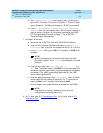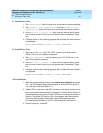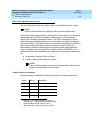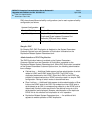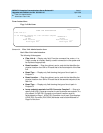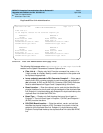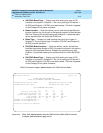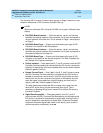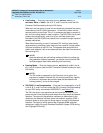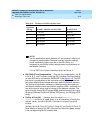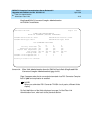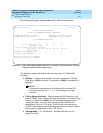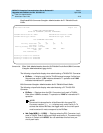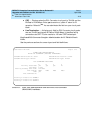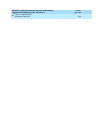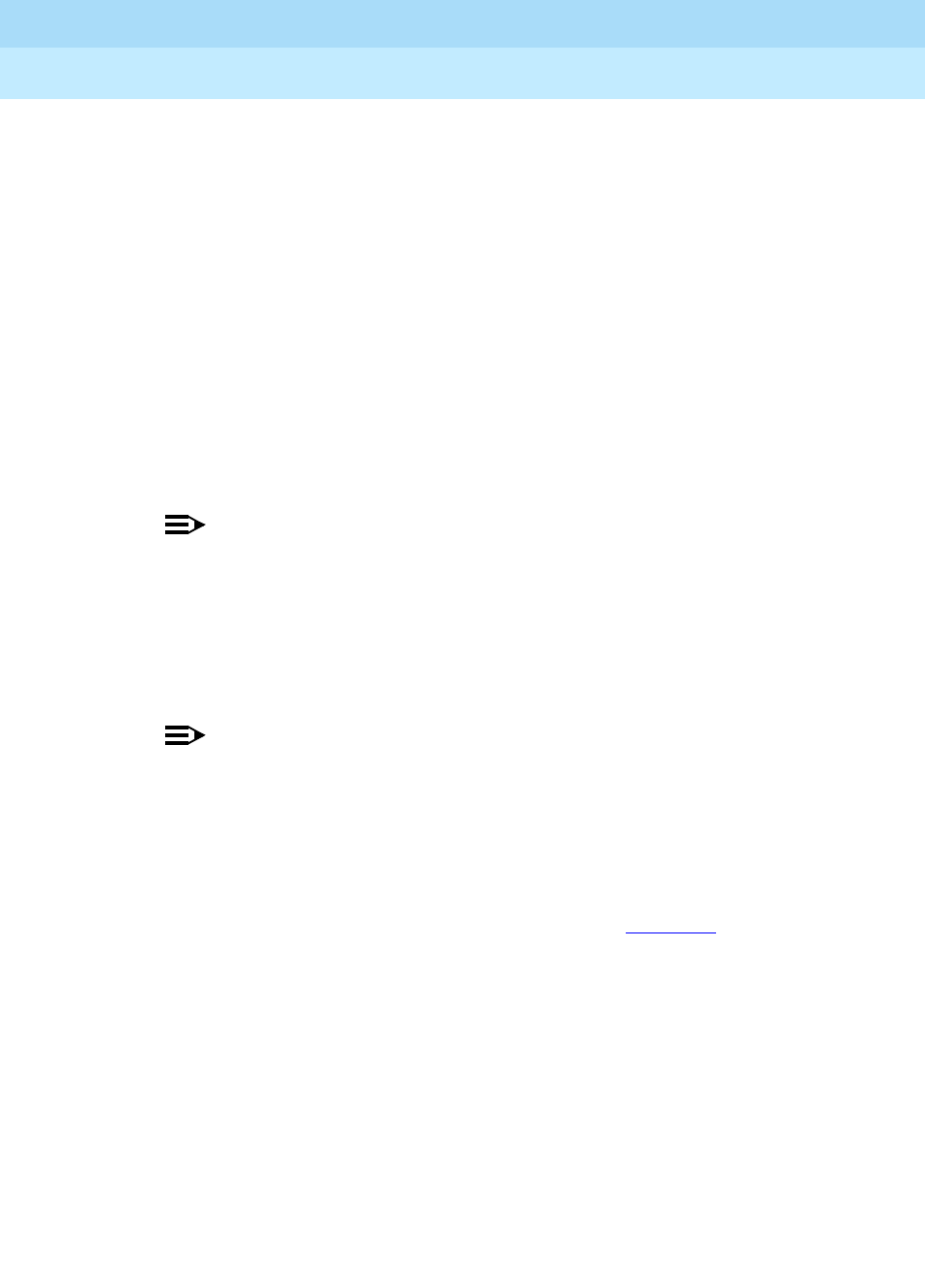
DEFINITY Enterprise Communications Server Release 8.2
Upgrades and Additions for R8r
555-233-115
Issue 1
April 2000
Fiber Link Administration
A-14Administer Fiber Links
A
■ Line Coding
— Enter the line coding format,
ami-zcs
(default), or
ami-basic
,
b8zs
, or
hdb3
in the A, B, C, and D columns under the DS1
Converter Facilities heading for each DS1 facility.
When ami-zcs line coding is used, all-zero bytes are prevented from being
transmitted on the DS1 facility because a 1 is arbitrarily written into the
second position of each byte. Thus, if no measures are taken to prevent it,
ami-zcs line coding results in data corruption. The DS1CONV circuit pack
protects the packet facility (one of up to four facilities dynamically
allocated by the DS1CONV circuit pack) from corruption through a special
escape mechanism.
When b8zs line coding is used, it maintains DS1 facility’s ones-density
requirements by encoding a zero data byte into a specific unique pattern
of bipolar violations on the DS1 line. The opposite end recognizes this
pattern and replaces it with a zero data byte when the data is recovered at
the receiving end.
NOTE:
Note that although the esf framing mode and b8zs line coding are
the preferable modes of operation, you should confirm that the DS1
facilities support them before selecting this line coding.
■ Framing Mode
— Enter the framing format,
esf
(default) or
d4
, in the A,
B, C, and D columns under the DS1 Converter Facilities heading for each
DS1 facility.
NOTE:
The D4 format is supported by the Converter circuit packs, but
because of problems inherent with this format (specifically, inability
to frame on a bit stream that contains data that emulates the D4
framing pattern), its use is discouraged.
■ DS1CONV-1 Line Compensation
— Enter the line compensation (
1
to
5
)
in the A, B, C, and D columns under the DS1 Converter Facilities heading
for each DS1 facility connected to ENDPOINT-1 (see Table 6-15
).
The DS1 line signal is pre-equalized at the transmitter so that DS1 line
pulses are the correct amplitude and shape when they reach the Network
Interface. The amount of equalization necessary is determined by the
distance to the Network Interface (when the endpoint supplies a DSX-1
interface) and also by the type of wiring used to connect to the Network
Interface. The types of wiring allowed are 22 gauge ABAM (shielded
twisted pair) cable, 24 gauge Premises Distribution System (PDS) wiring,
and 26 gauge PDS wiring.



